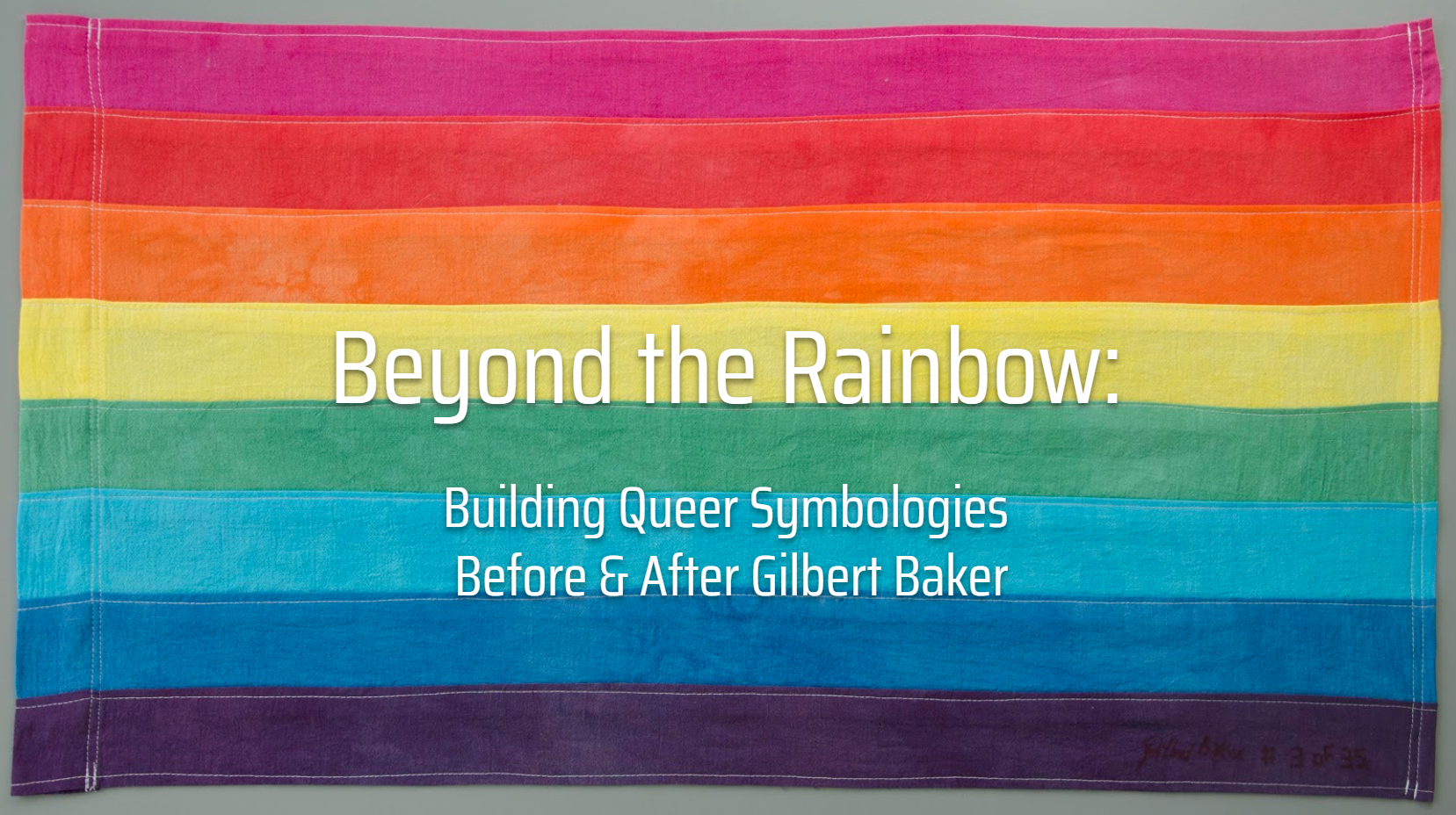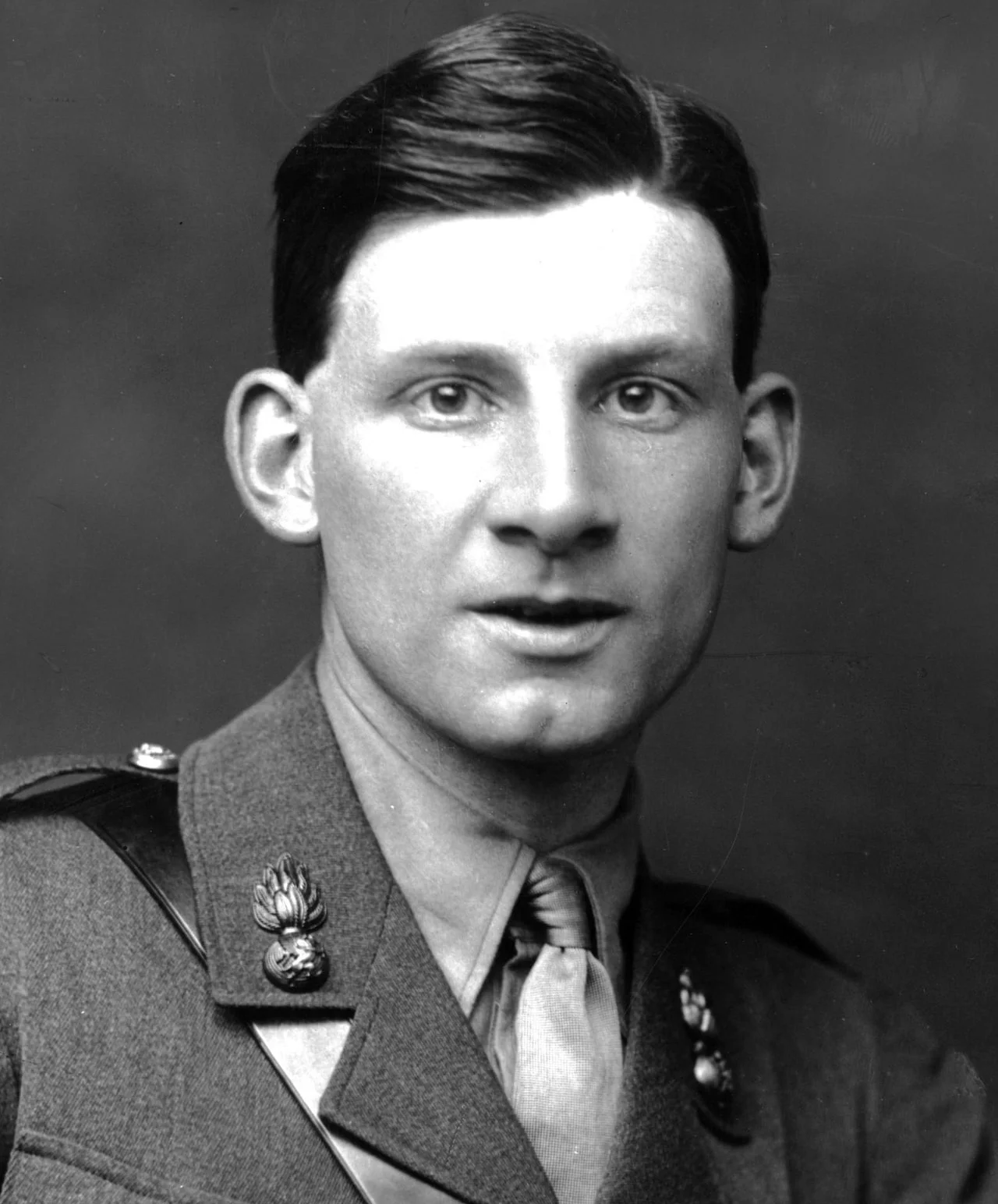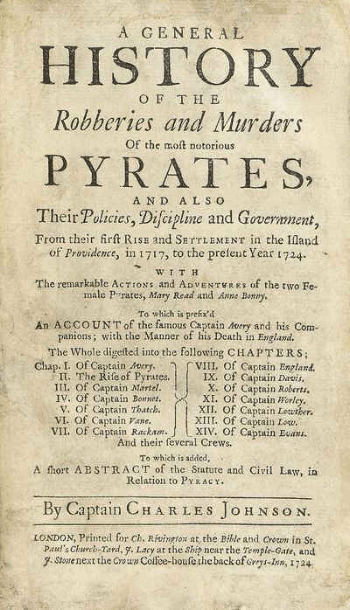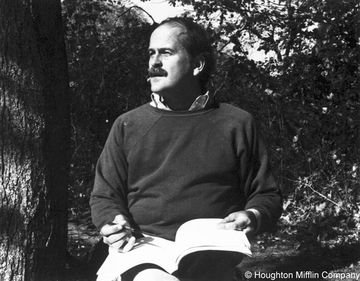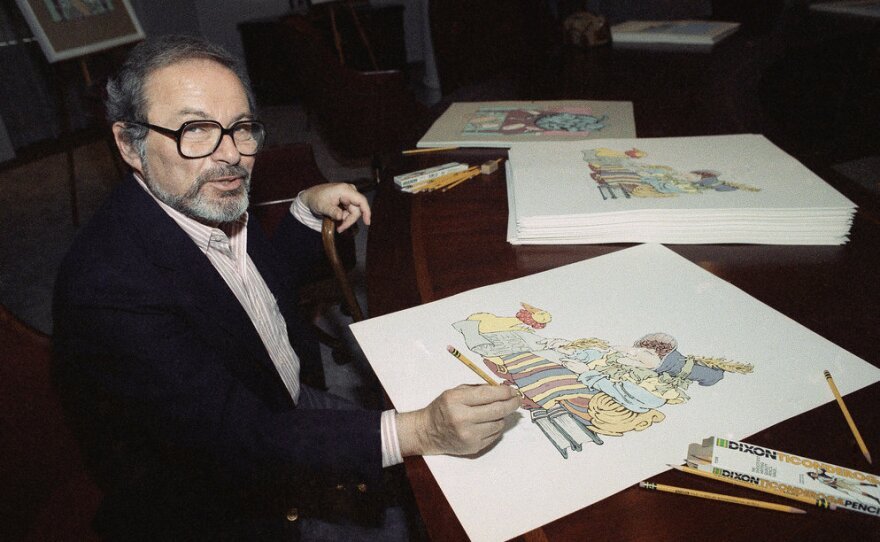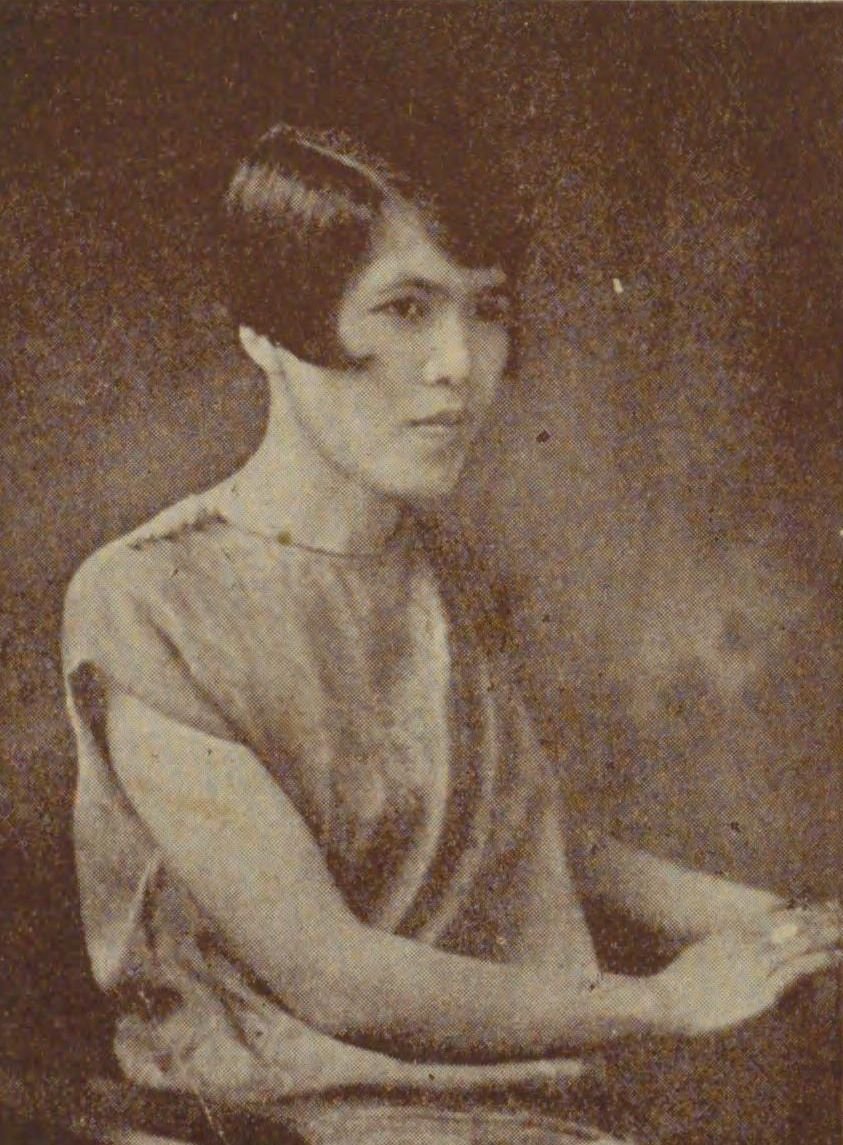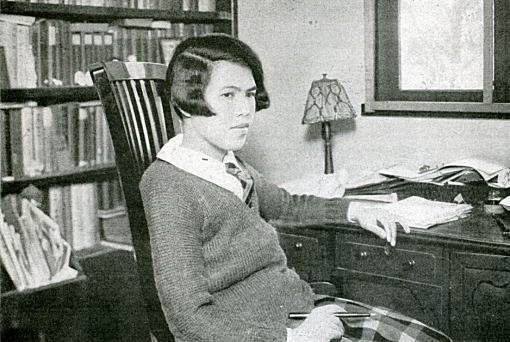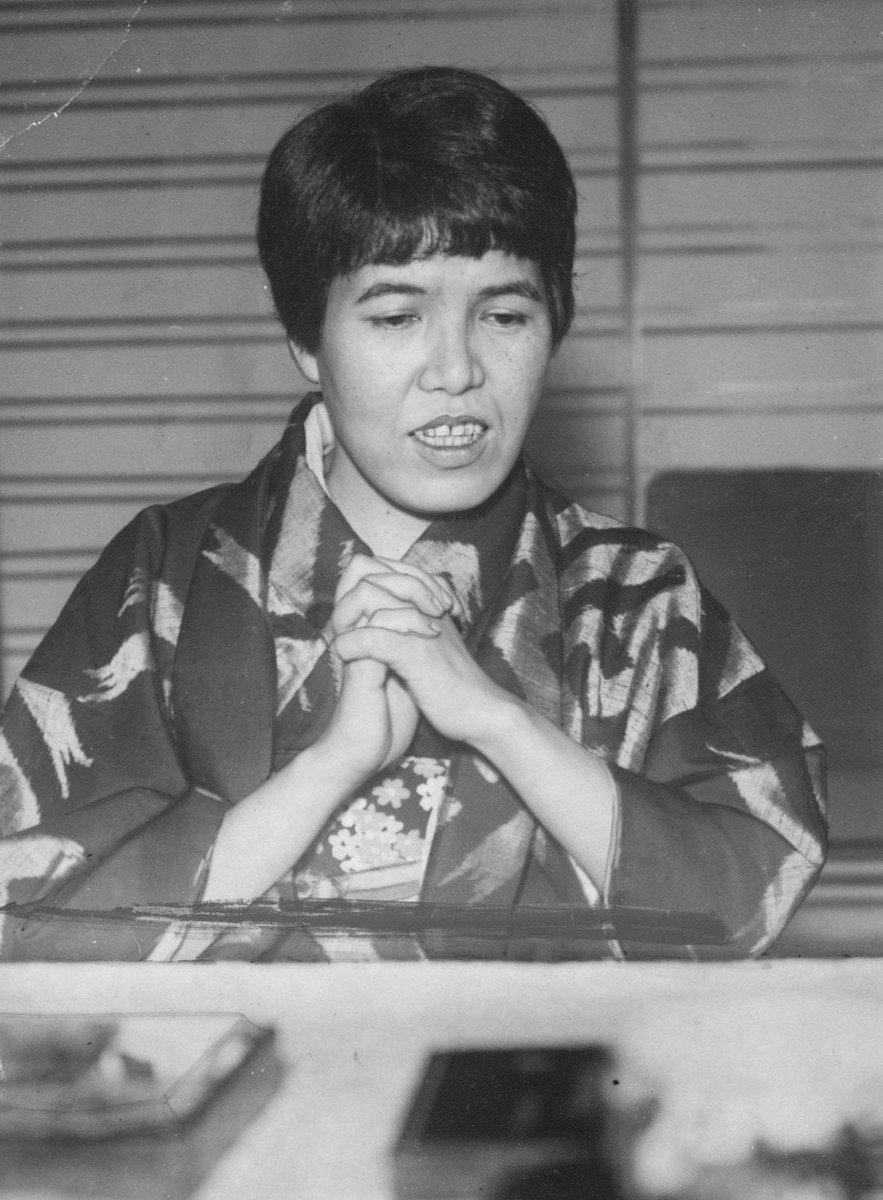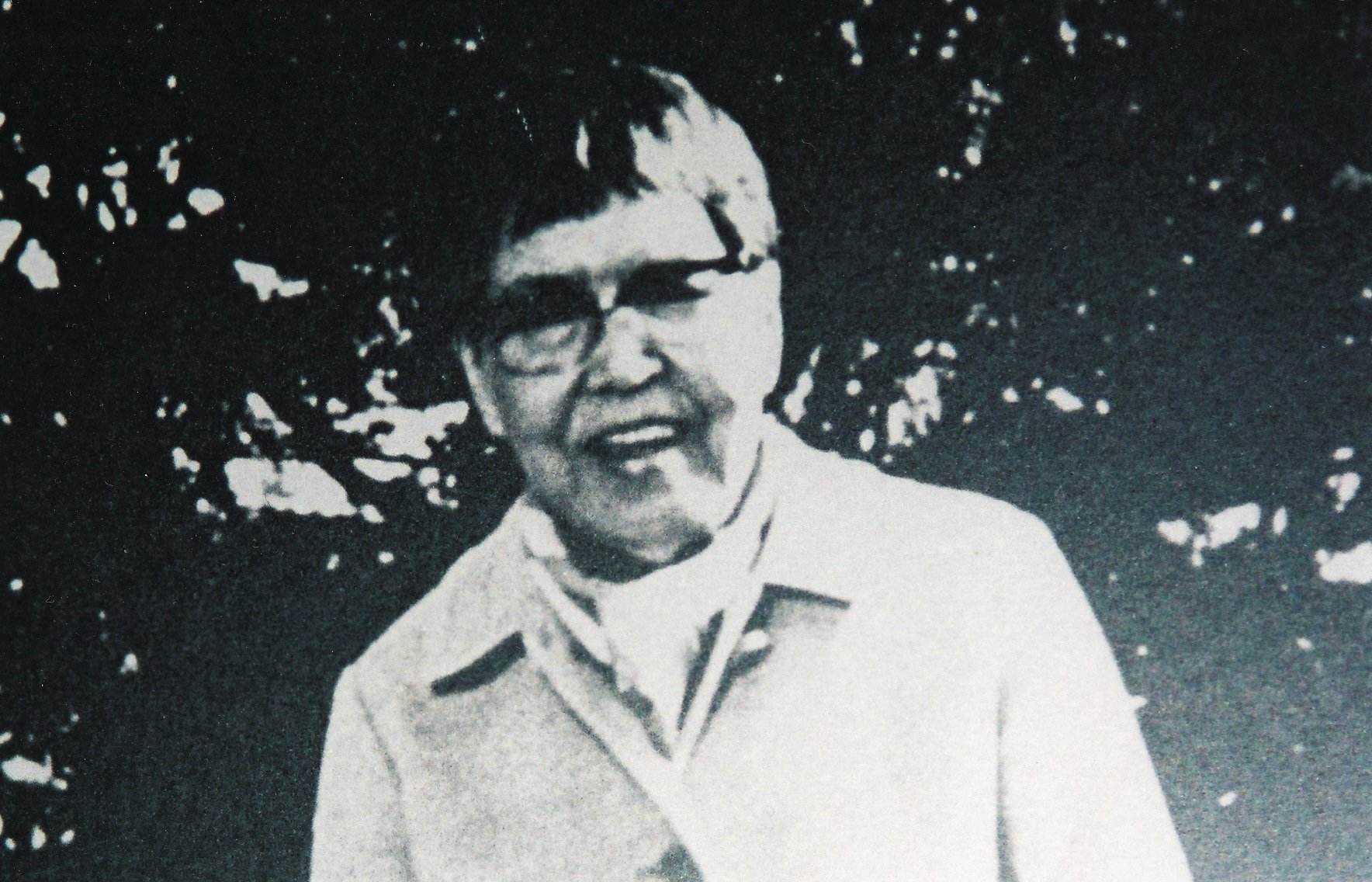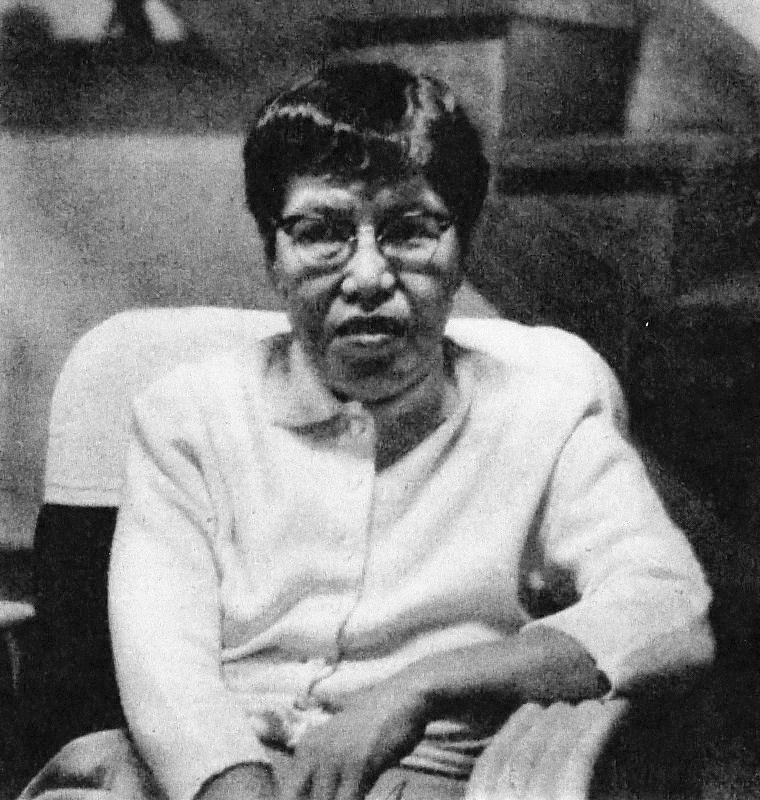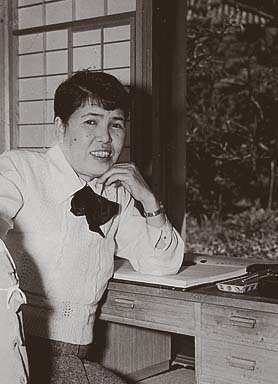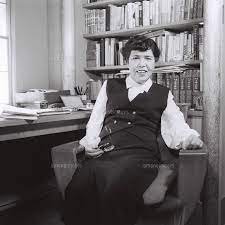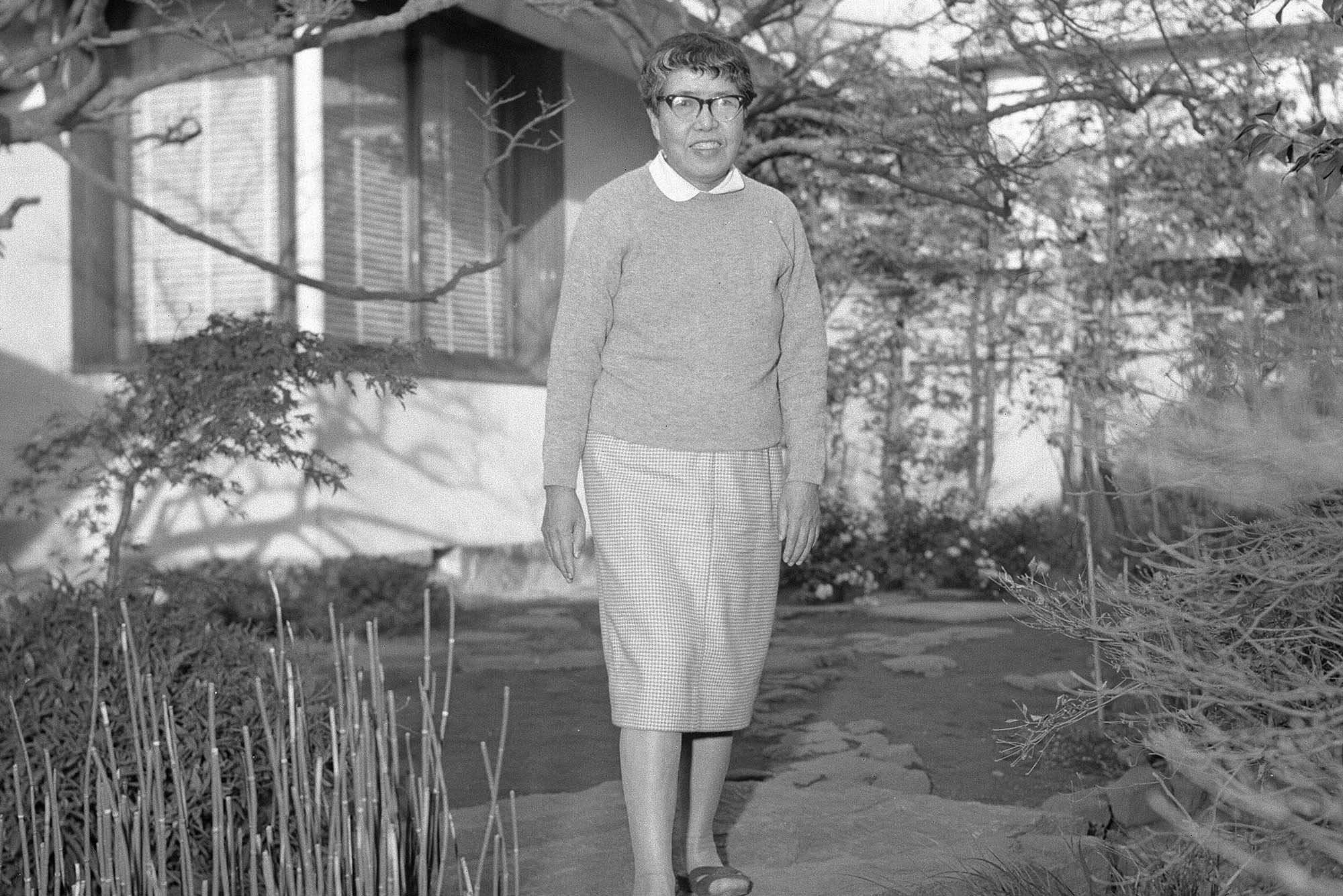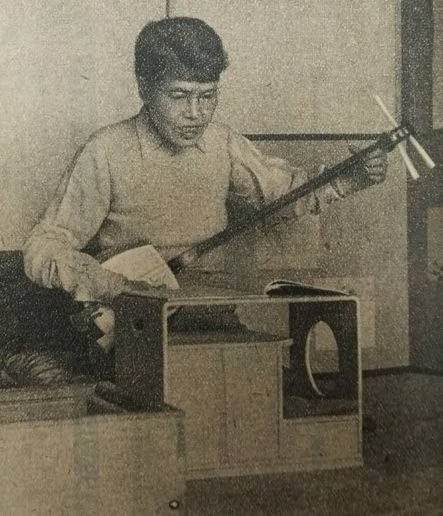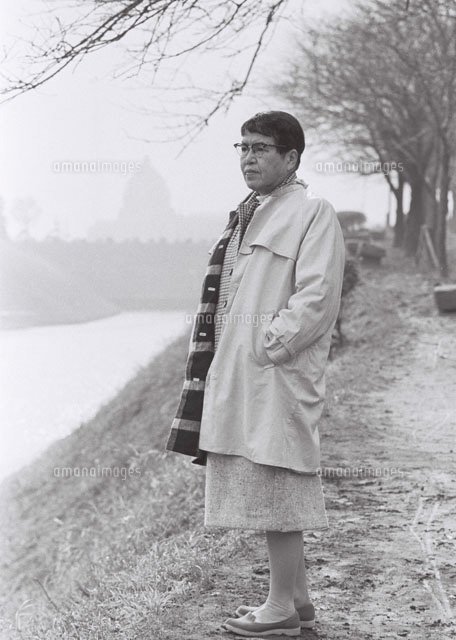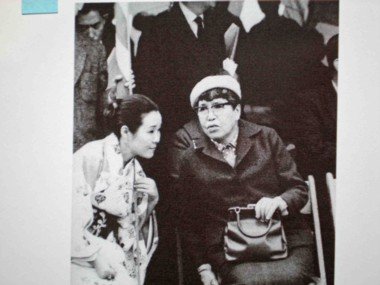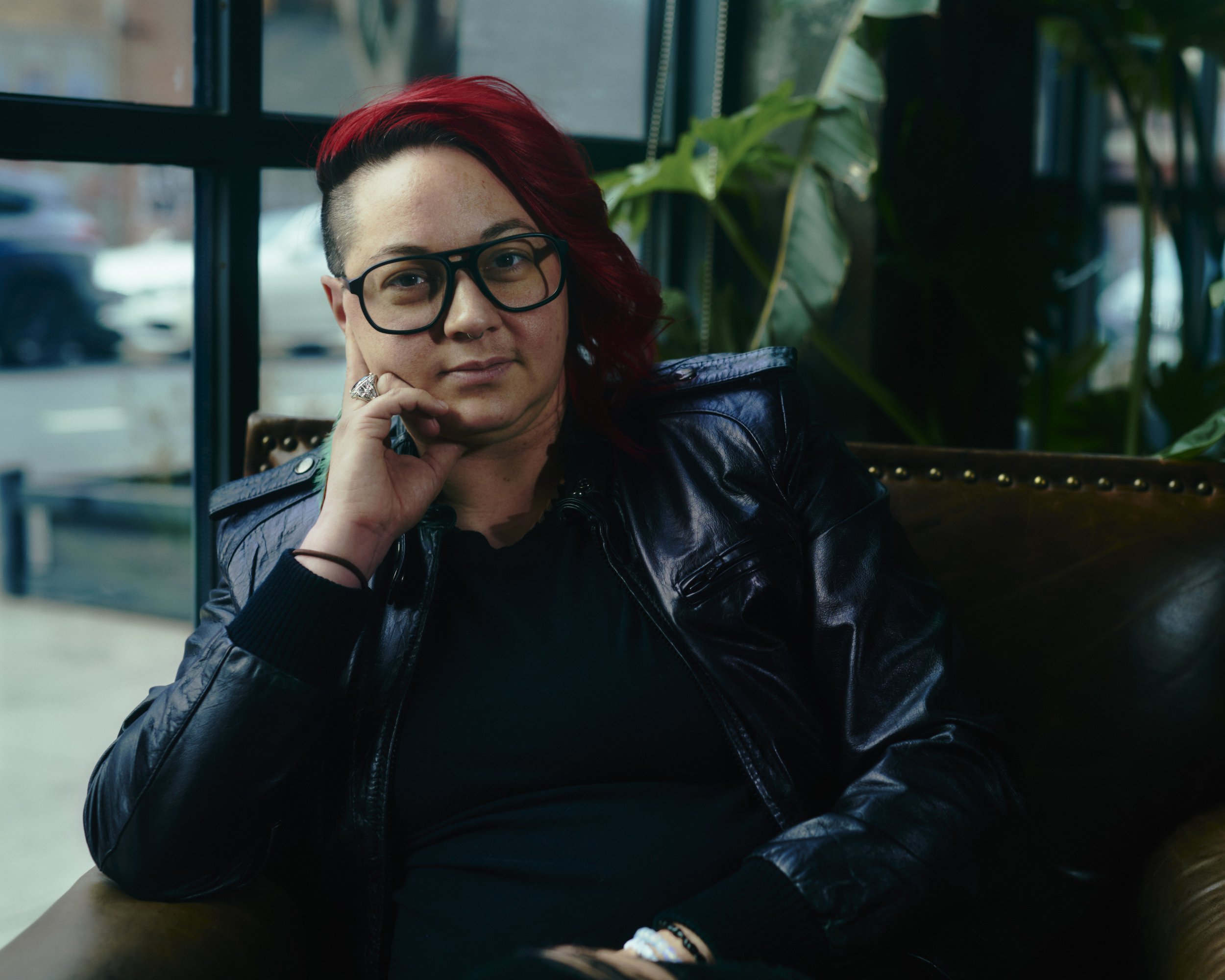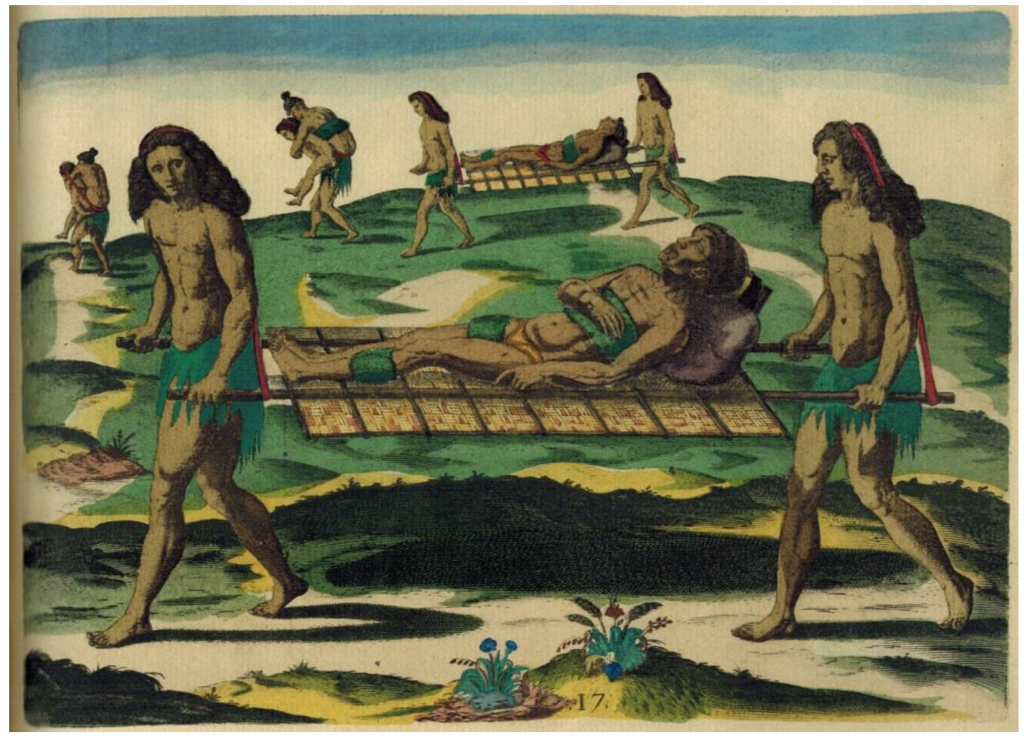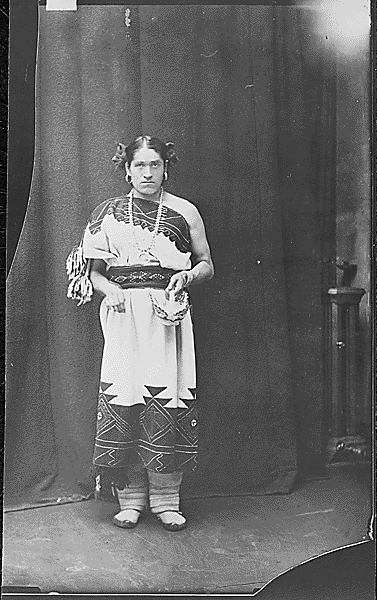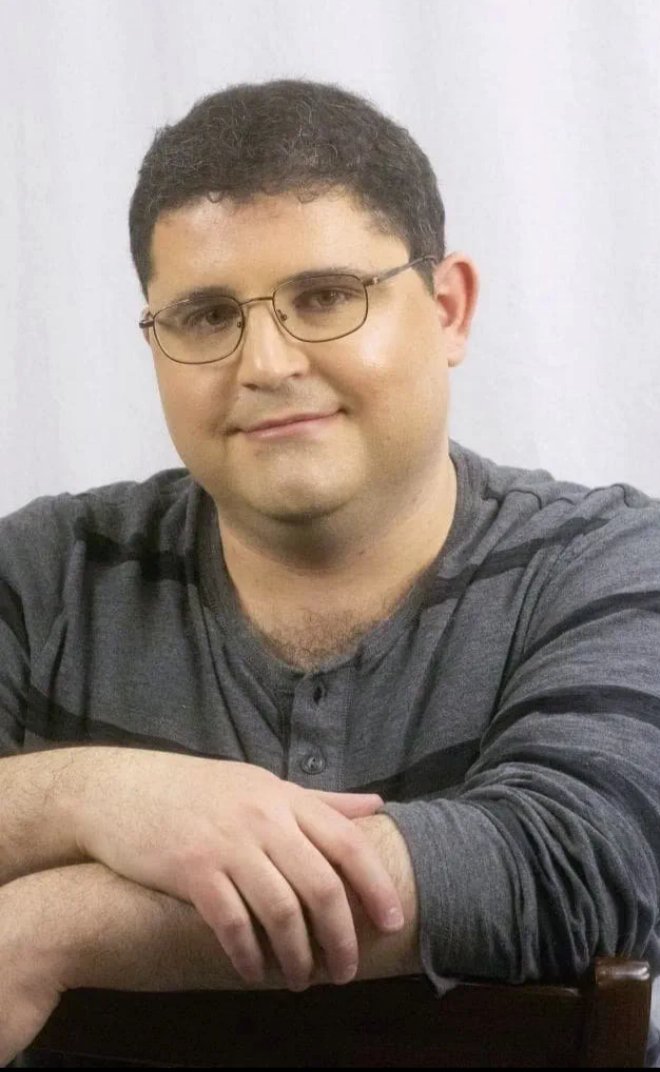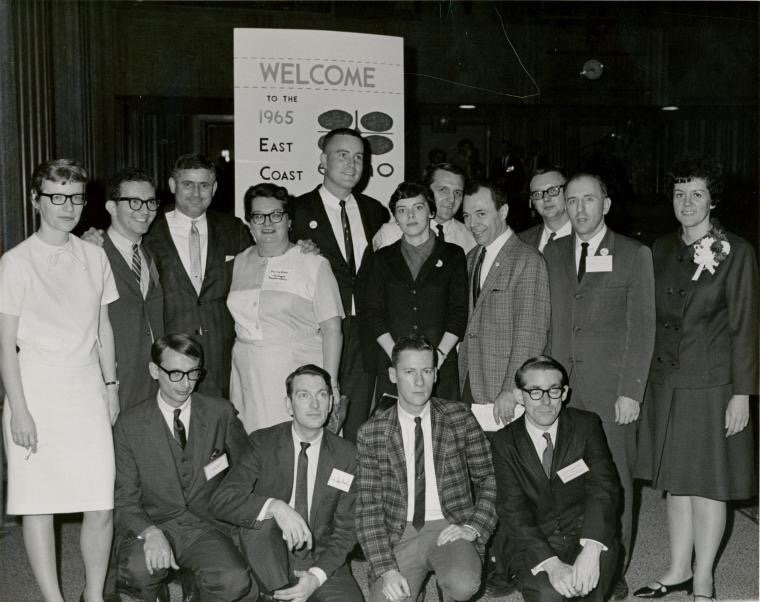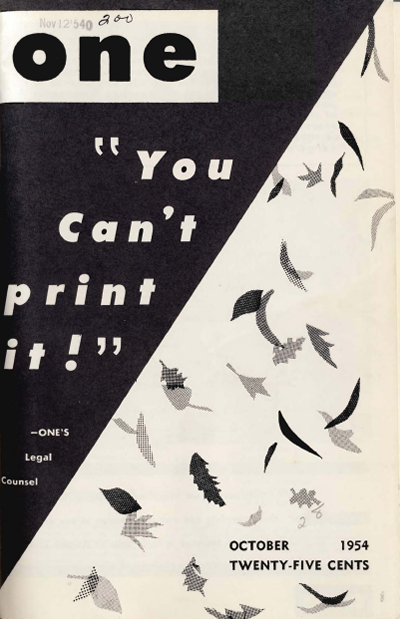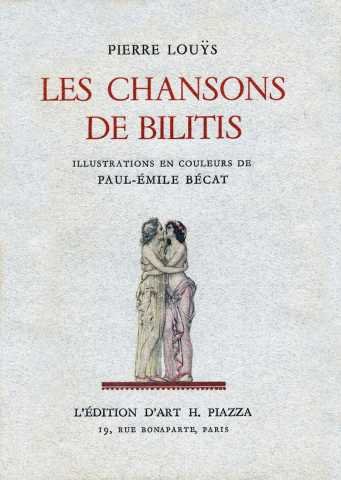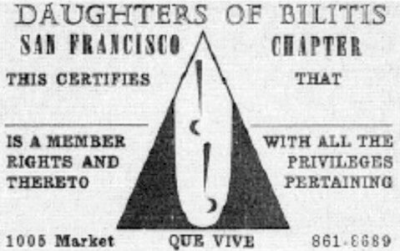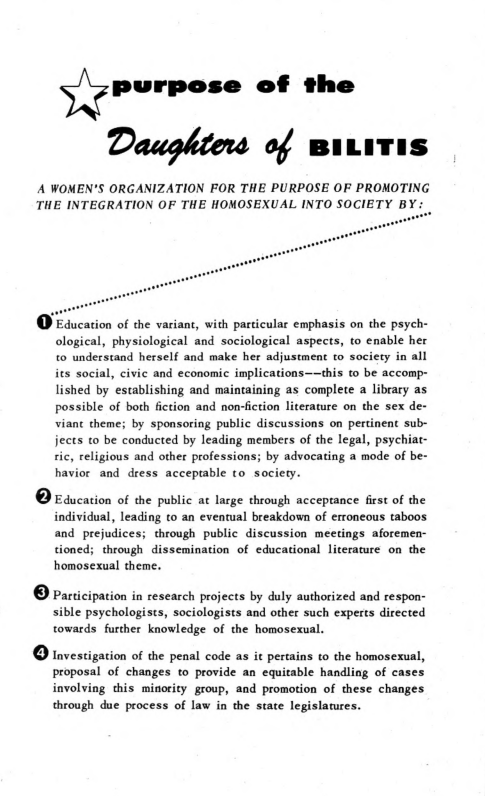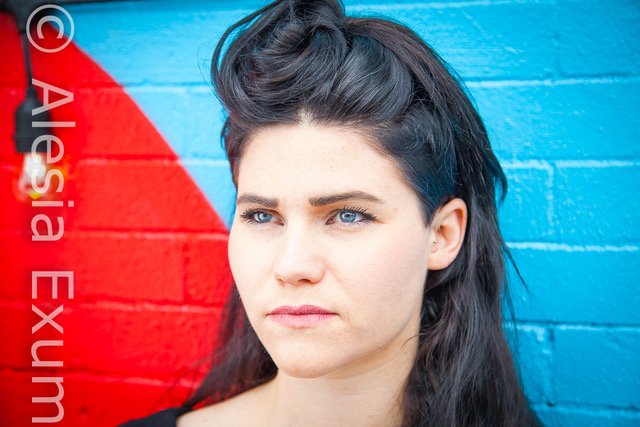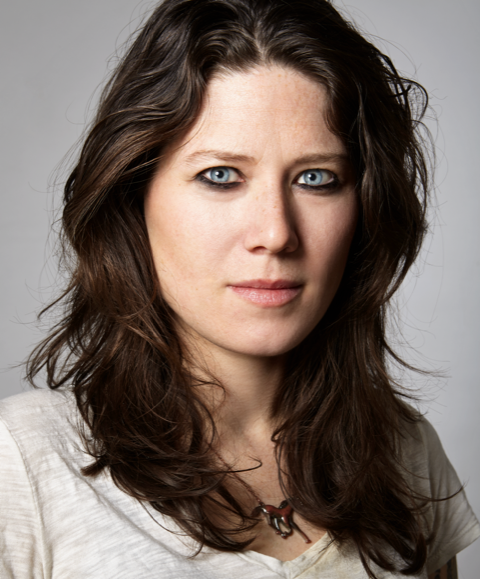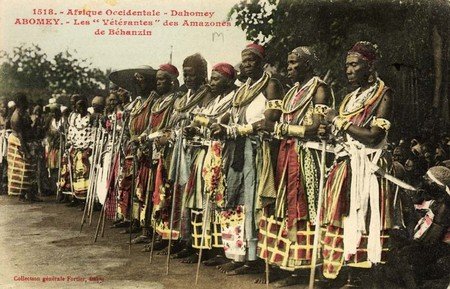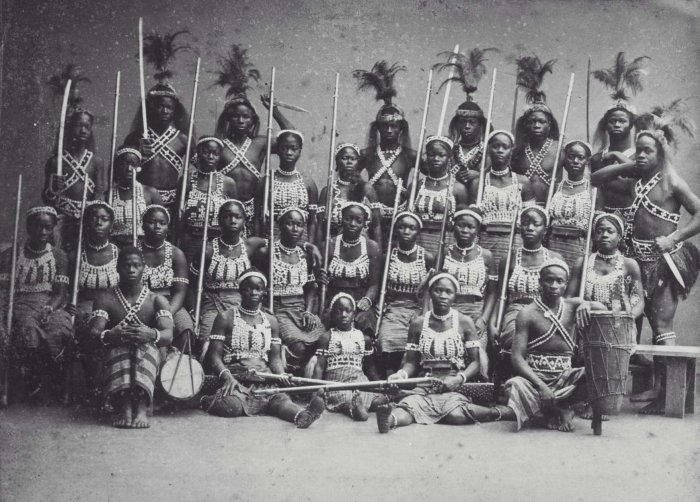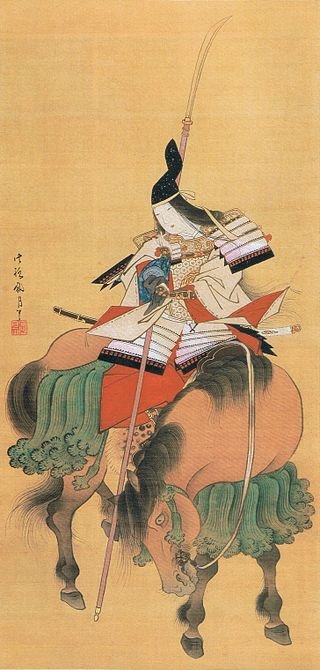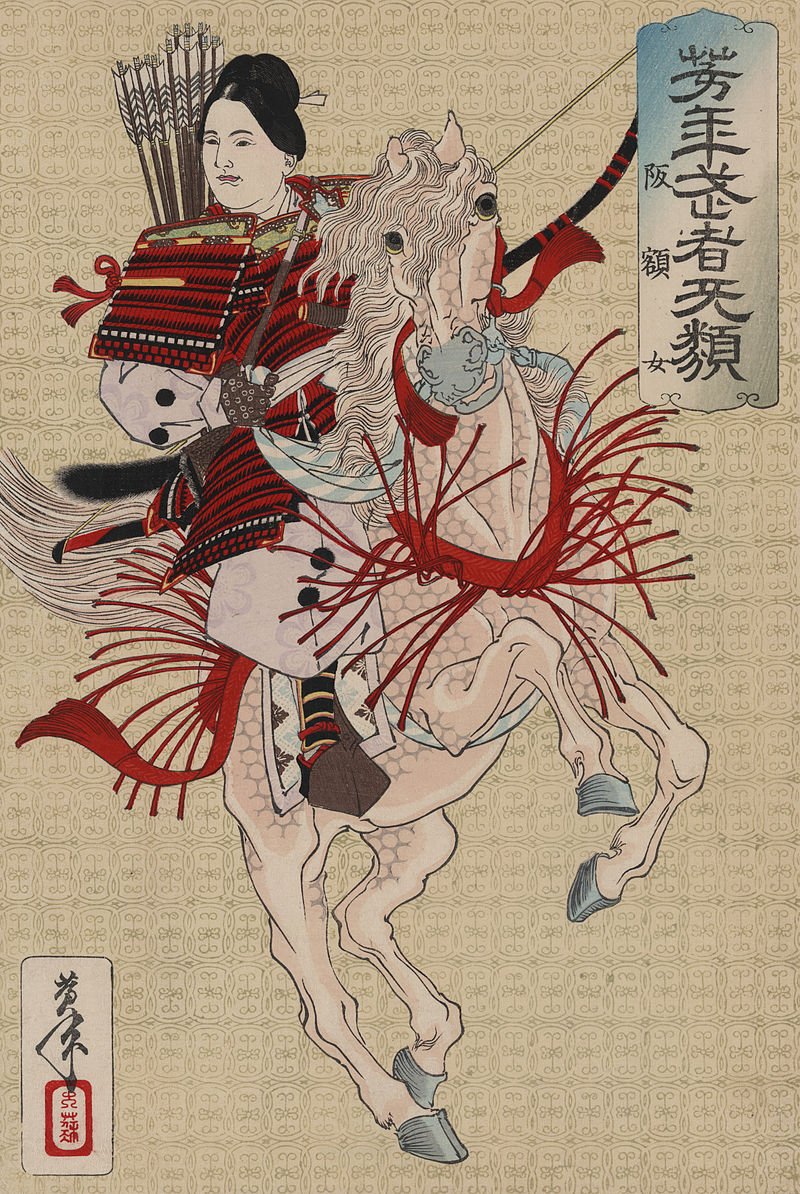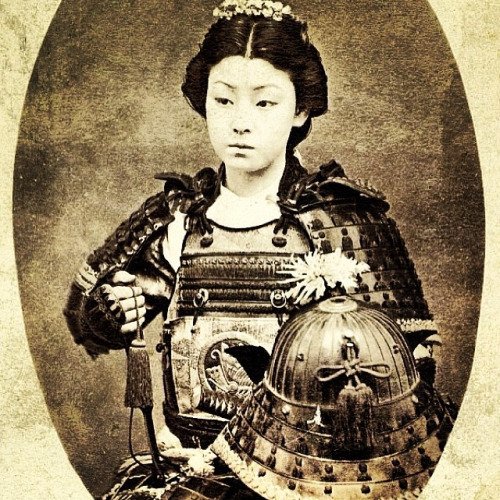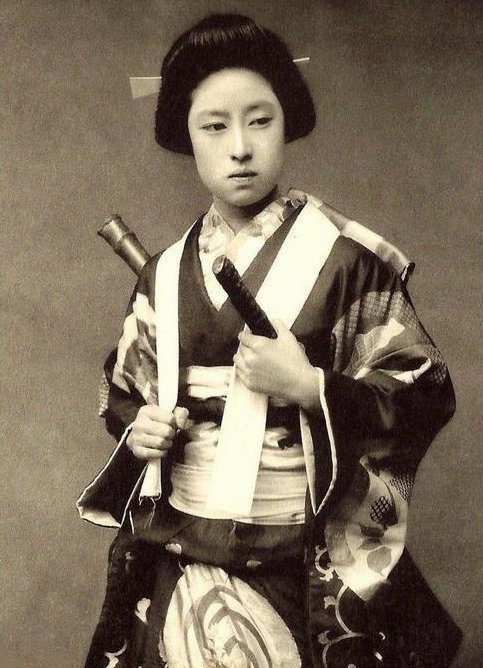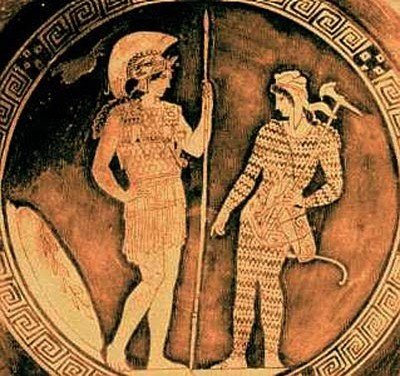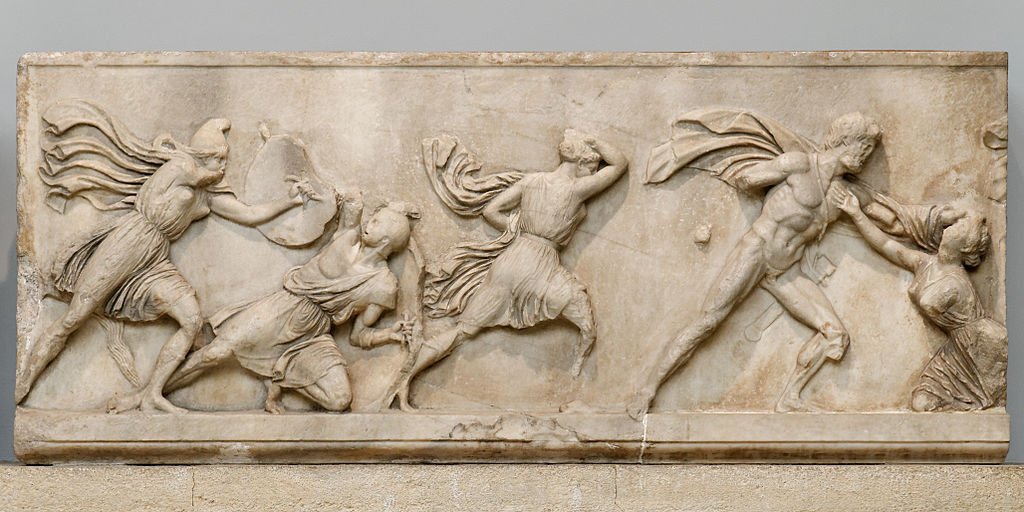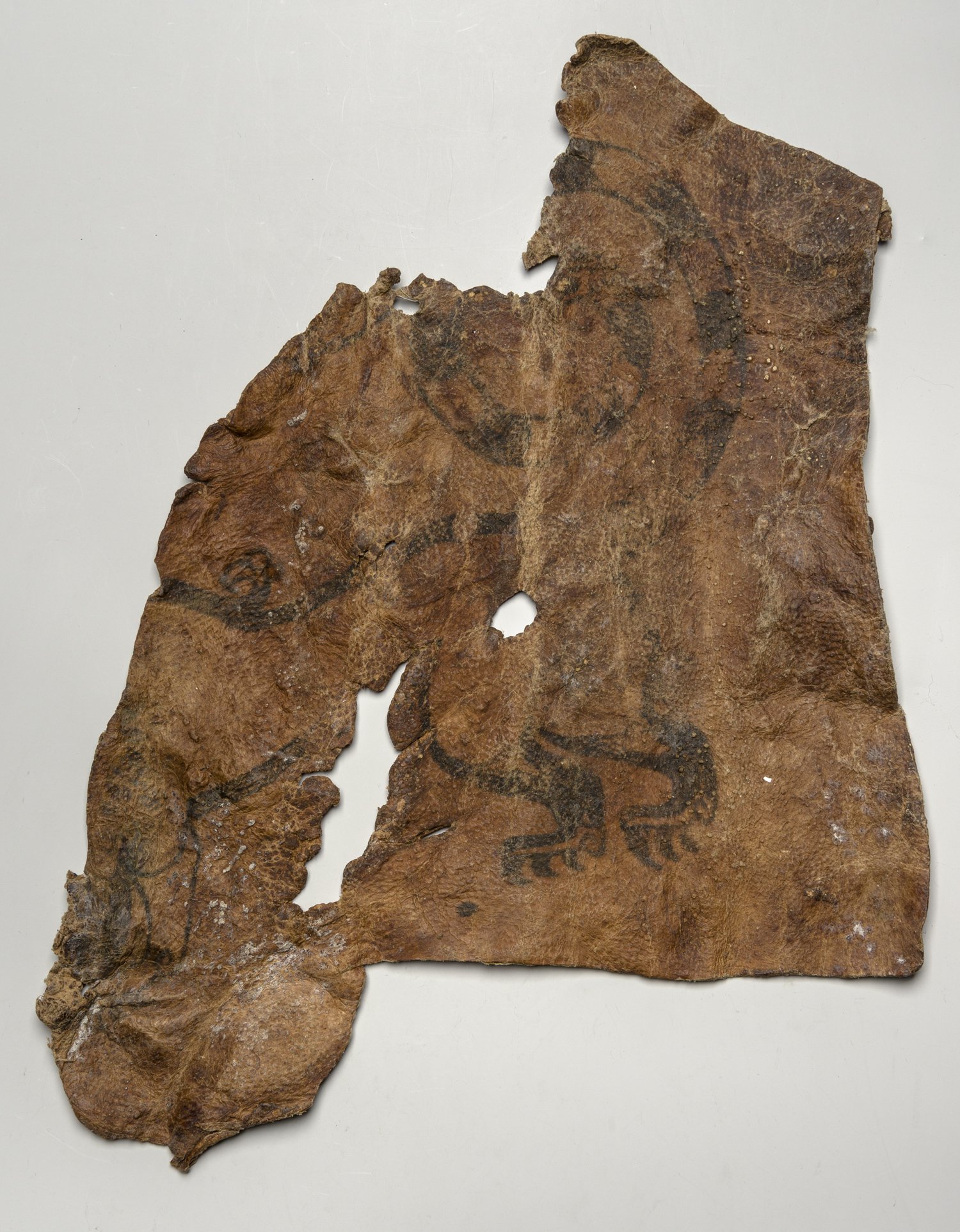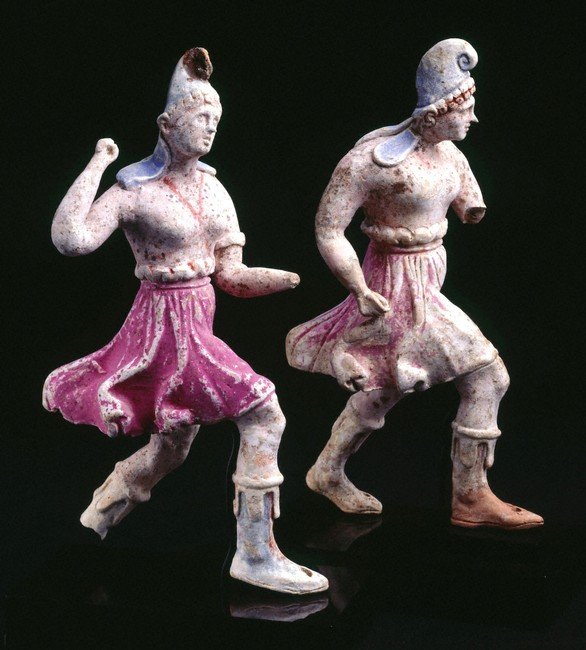You can learn more about S.C. Lucier, Meghan Rose, and Xena: Warrior Musical - The Lost Scroll:
You can purchase and download the entire concept album for Xena: Warrior Musical on Bandcamp!
A Closer Look at Amazons in ancient Greek art, literature, and myth!
Stories of Amazons show up in multiple places in Greek literature, including the histories of Herodotus, Homer’s The Iliad, and myths around Heracles, the founding of Athens, and more. Check out some excerpts below.
Herodotus, Book IV: Chapter 100:
The history of the Sauromatae is as I will now show. When the Greeks warred with the Amazons (whom the Scythians call Oiorpata, a name signifying in our tongue killers of men, for in Scythian a man is oior, and to kill is pata) after their victory on the Thermodon they sailed away carrying in three ships as many Amazons as they had been able to take alive; and out at sea the Amazons set upon the crews and threw them overboard. But they knew nothing of ships, nor how to use rudder or sail or oar; and the men being thrown overboard they were borne at the mercy of waves and winds, till they came to the Cliffs by the Maeetian lake; this place is in the country of the free Scythians. There the Amazons landed, and set forth on their journey to the inhabited country. But at the beginning of their journey they found a place where horses were reared; and carrying these horses away they raided the Scythian lands on horseback.
Chapter 114:
Now the men could not learn the women's language, but the women mastered the speech of the men; and when they understood each other, the men said to the Amazons, "We have parents and possessions; now therefore let us no longer live as we do, but return to the multitude of our people and consort with them; and we will still have you, and no others, for our wives." To this the women replied, "Nay, we could not dwell with your women; for we and they have not the same customs. We shoot with the bow and throw the javelin and ride, but the crafts of women we have never learned; and your women do none of the things whereof we speak, but abide in their waggons working at women's crafts, and never go abroad a‑hunting or for aught else. We and they therefore could never agree. Nay, if you desire to keep us for wives and to have the name of just men, go to your parents and let them give you the allotted share of their possessions, and after that let us go and dwell by ourselves. The young men agreed and did this.
From Homer’s The Iliad:
In ancient time, when Otreus fill'd the throne,
When godlike Mygdon led their troops of horse,
And I, to join them, raised the Trojan force:
Against the manlike Amazons we stood,
And Sangar's stream ran purple with their blood.
But far inferior those, in martial grace,
And strength of numbers, to this Grecian race.
From the Pseudo-Apollodorus Library of Greek Mythology, describing the ninth labor of Heracles and Hippolyte:
[2.5.9] The ninth labour he enjoined on Hercules was to bring the belt of Hippolyte. She was queen of the Amazons, who dwelt about the river Thermodon, a people great in war; for they cultivated the manly virtues, and if ever they gave birth to children through intercourse with the other sex, they reared the females; and they pinched off the right breasts that they might not be trammelled by them in throwing the javelin, but they kept the left breasts, that they might suckle. Now Hippolyte had the belt of Ares in token of her superiority to all the rest…Having put in at the harbor of Themiscyra, he received a visit from Hippolyte, who inquired why he was come, and promised to give him the belt. But Hera in the likeness of an Amazon went up and down the multitude saying that the strangers who had arrived were carrying off the queen. So the Amazons in arms charged on horseback down on the ship. But when Hercules saw them in arms, he suspected treachery, and killing Hippolyte stripped her of her belt. And after fighting the rest he sailed away and touched at Troy.
And here, mentioning Penthesilea:
[E.5.1] Penthesilia, daughter of Otrere and Ares, accidentally killed Hippolyte and was purified by Priam. In battle she slew many, and amongst them Machaon, and was afterwards herself killed by Achilles, who fell in love with the Amazon after her death and slew Thersites for jeering at him.
[E.5.2] Hippolyte was the mother of Hippolytus; she also goes by the names of Glauce and Melanippe. For when the marriage of Phaedra was being celebrated, Hippolyte appeared in arms with her Amazons, and said that she would slay the guests of Theseus. So a battle took place, and she was killed, whether involuntarily by her ally Penthesilia, or by Theseus, or because his men, seeing the threatening attitude of the Amazons, hastily closed the doors and so intercepted and slew her.
And Antiope:
[E.1.16] Theseus joined Hercules in his expedition against the Amazons and carried off Antiope, or, as some say, Melanippe; but Simonides calls her Hippolyte. Wherefore the Amazons marched against Athens, and having taken up a position about the Areopagus19 they were vanquished by the Athenians under Theseus. And though he had a son Hippolytus by the Amazon,
[E.1.17] Theseus afterwards received from Deucalion in marriage Phaedra, daughter of Minos; and when her marriage was being celebrated, the Amazon that had before been married to him appeared in arms with her Amazons, and threatened to kill the assembled guests. But they hastily closed the doors and killed her. However, some say that she was slain in battle by Theseus.
And lastly, the tale of Atalanta in the Apollodorus:
[3.9.2] And Iasus had a daughter Atalanta by Clymene, daughter of Minyas. This Atalanta was exposed by her father, because he desired male children; and a she bear came often and gave her suck, till hunters found her and brought her up among themselves. Grown to womanhood, Atalanta kept herself a virgin, and hunting in the wilderness she remained always under arms. The centaurs Rhoecus and Hylaeus tried to force her, but were shot down and killed by her. She went moreover with the chiefs to hunt the Calydonian boar, and at the games held in honor of Pelias she wrestled with Peleus and won. Afterwards she discovered her parents, but when her father would have persuaded her to wed, she went away to a place that might serve as a racecourse, and, having planted a stake three cubits high in the middle of it, she caused her wooers to race before her from there, and ran herself in arms; and if the wooer was caught up, his due was death on the spot, and if he was not caught up, his due was marriage. When many had already perished, Melanion came to run for love of her, bringing golden apples from Aphrodite, and being pursued he threw them down, and she, picking up the dropped fruit, was beaten in the race. So Melanion married her. And once on a time it is said that out hunting they entered into the precinct of Zeus, and there taking their fill of love were changed into lions. But Hesiod and some others have said that Atalanta was not a daughter of Iasus, but of Schoeneus; and Euripides says that she was a daughter of Maenalus, and that her husband was not Melanion but Hippomenes And by Melanion, or Ares, Atalanta had a son Parthenopaeus, who went to the war against Thebes.
Check out some of the depictions of mythical Amazons we have on ancient Greek vases:






























